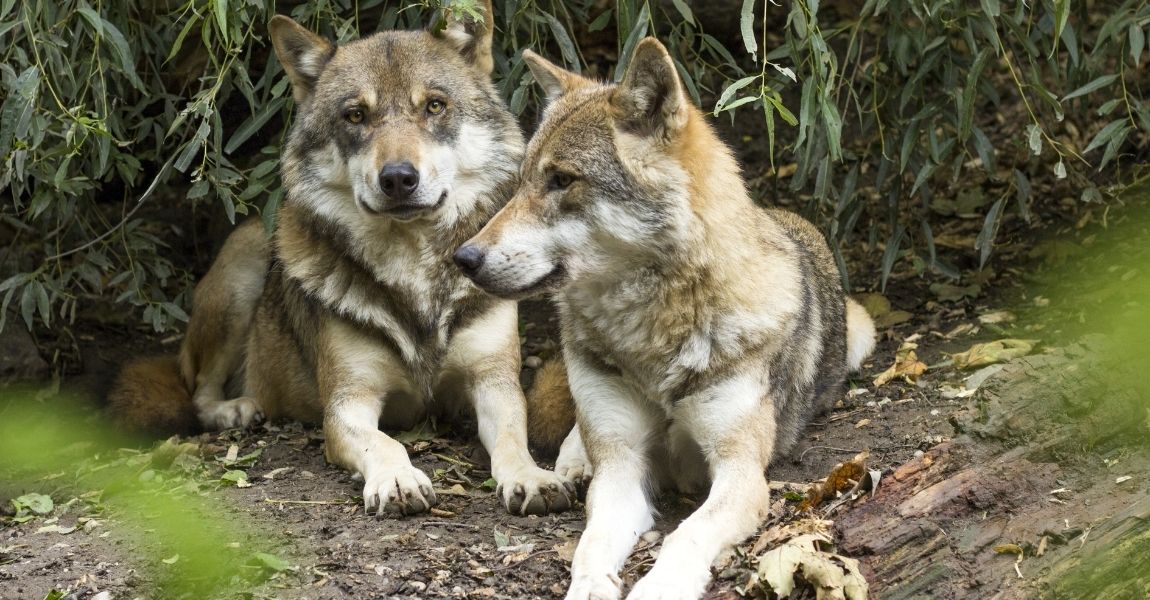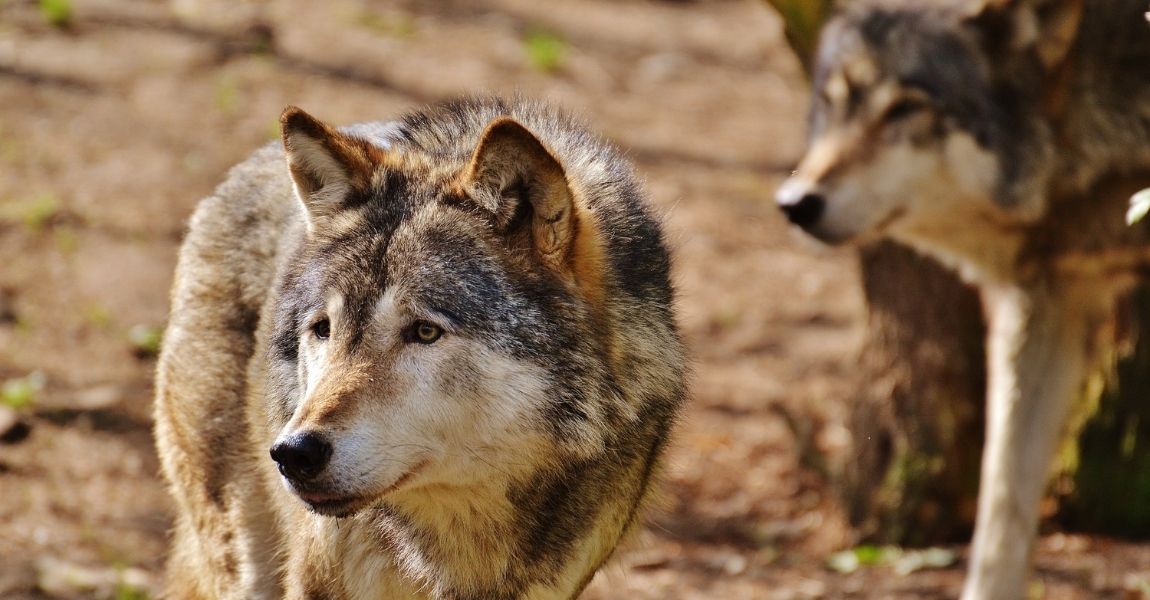How Wolves Connect
Have you ever wondered how wolves communicate with each other? If you've observed dogs greeting their owners, barking at strangers, or engaging in playful behavior, you've witnessed elements of wolf communication. Dogs, as descendants of wolves, have inherited much of their language from their wild ancestors.
Wolves employ three primary methods of communication:
- Vocalizations: Wolves use a variety of sounds such as howls, barks, whimpers, and growls to convey messages within their pack and to other wolves in the area. Each vocalization serves a specific purpose, whether it's a warning, an indication of submission, or a means to gather the pack.
- Scent Marking: Through scats, urine, and pheromones, wolves leave chemical messages that communicate territory boundaries, pack identity, reproductive status, and more. Their keen sense of smell allows them to interpret these messages accurately, facilitating social interactions and coordination within the pack.
- Body Language: Wolves rely heavily on body language to express dominance, submission, aggression, fear, playfulness, and other emotional states. Their posture, facial expressions, tail positions, and ear movements all contribute to their complex non-verbal communication system.

In a wolf pack, communication plays a crucial role in maintaining order and harmony. The dominant pair, typically consisting of the male and female leaders, establishes and enforces pack rules. Dominance and submission are communicated through various gestures and behaviors:
- Dominant Behavior: Dominant wolves hold their tails high, stand tall, and exhibit assertive body language. They may also engage in active scent marking and vocalizations to assert their authority.
- Submissive Behavior: Subordinate wolves display submissive postures such as lowering their bodies, tucking their tails, and engaging in muzzle licking or crouching. These behaviors signify respect for the dominant members of the pack.
Understanding wolf communication goes beyond simple observation; it provides insights into their social structure, hierarchy, and cooperative behaviors. Wolves' ability to convey complex messages without words showcases the sophistication of their communication system, honed through millennia of evolution and adaptation.
Next time you hear a wolf howl or observe pack interactions, remember that these behaviors represent a rich tapestry of communication that strengthens the bonds within the wolf pack and contributes to their survival in the wild.






